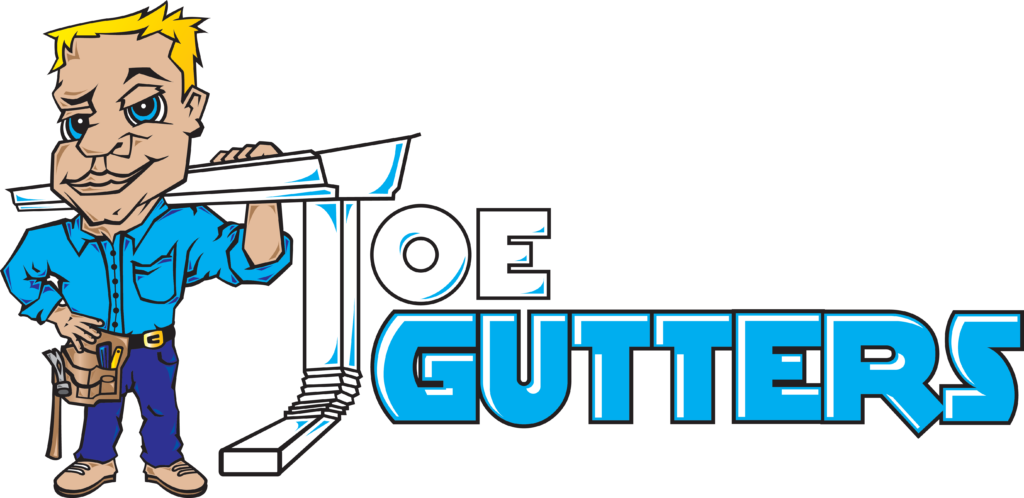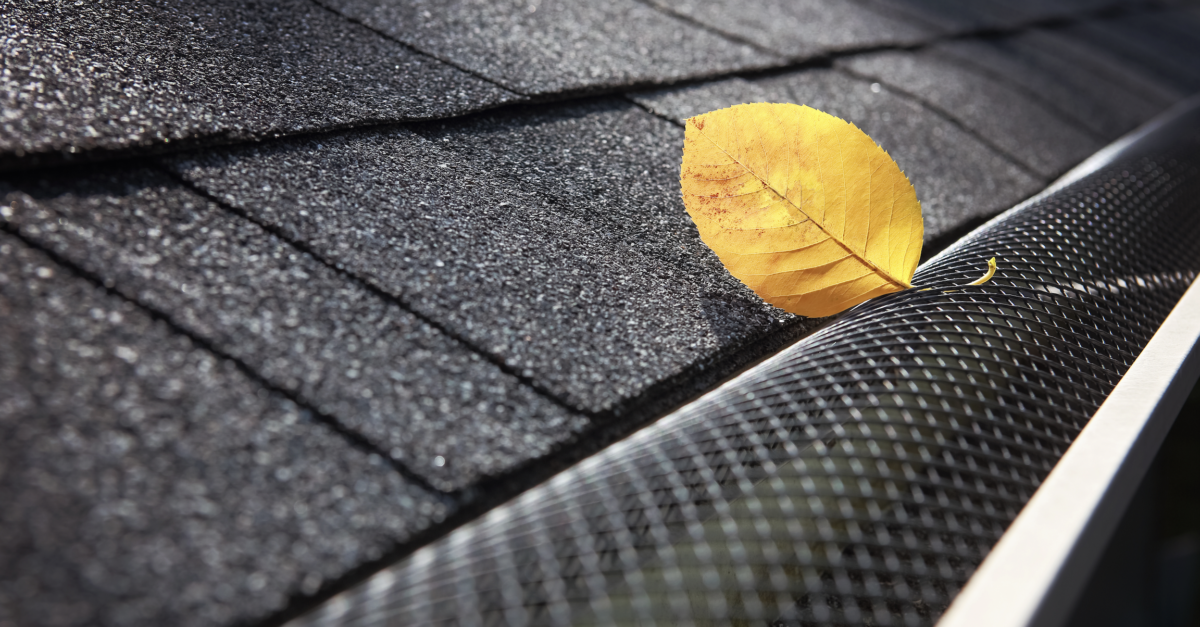Leaf Protection
The function of a gutter system is to channel rainwater away from your house. But leaves and other debris can prevent it from functioning effectively. Leaf Protection can help you prevent this problem by installing gutter guards around your gutter system. While you can do leaf protection by cleaning your gutters regularly, it is a risky chore.
Types of Gutter Guards
The top five gutter guard options include screen, micro mesh, reverse curve gutter guards (also known as surface tension gutter guards), brush, and foam. Each type has its benefits and drawbacks.
- Screen: Screen guards have a wire or plastic grid that prevents leaves from falling into the gutter trough. They’re simple to install by raising the bottom row of the roof shingles and sliding the gutter screens’ edges beneath the shingles across the entire length of the gutter.
- Micro-mesh: Micro-mesh Gutter Guards are similar to screens in that they allow water to flow through small holes while trapping twigs, pine needles, and debris. Micro mesh guards require one of three easy installation techniques: slipping the edge under the first row of roof tiles, snapping the guard directly onto the top of the gutter, or fastening a flange to the fascia (the vertical strip above the top of the gutter).
- Reverse curve: Made from lightweight metal or molded plastic, reverse curve gutters guards allow water to flow over the top and around a downward curve before dropping into the gutter.
- Brush: Brush gutter guards are large pipe cleaners that sit inside the gutter, preventing heavy debris from dropping into the gutter and clogging it.
- Foam: Foam is another simple option with a triangular block of foam that sits in the gutter. One flat side faces the back of the gutter, another faces up to the top of the gutter to keep debris out, and the third flat side faces diagonally in the gutter, allowing water and debris to flow through the drainage system.
Benefits of Leaf Protection
Leaf protection can help you avoid problems like:
- Fascia and soffit rot
- Basement flooding due to foundation damage
- Driveway damage
- Landscape erosion
- Roof damage
- Mold and mildew
- Pests and insects
Best Siding Materials
Few home additions or repairs may improve your home’s performance, exterior appeal, and value – like new siding. Several siding materials have come and gone through the years, but a few standbys and the occasional newcomer have persisted. Asbestos siding, for example, is no longer used, and fiberglass composite panels have been mostly replaced by vinyl and a new standard, hardboard.
Here is a look at the best and cheapest siding: Vinyl and hardboard.
Vinyl Siding
As the quest for low-cost, low-maintenance siding intensified, vinyl siding emerged as the next evolution. By the late 1960s, vinyl siding had become commercially available, and today one-third of all homes are lined with vinyl siding product (either horizontal lap siding planks or shake/shingle materials). Vinyl is available in many styles, including vertical and horizontal panels, as well as different colors and textures. On top of that, vinyl siding is one the most affordable modern siding option.
Hardboard Siding
Hardboard siding, also known as pressboard or Masonite is a synthetic home siding product made of wood fibers, glues, and resins that are all held together with heat and pressure.
While hardboard siding is affordable and attractive when new, it is also particularly high-maintenance when compared to other siding types such as vinyl. If you’re thinking of putting new hardboard siding, use it mainly in sheltered places, such as a covered porch.
If your house has older hardboard siding that is still in good condition, you can keep it looking nice by keeping up with maintenance and preventing it from harm.
Bottom Line
Any home can be sided with either of these two siding materials, so deciding which one to choose is primarily a matter of balancing your budget, DIY aspirations, and ability to maintain the siding. Both sidings are ideal for budget-conscious homeowners, but hardboard requires more maintenance than vinyl.

